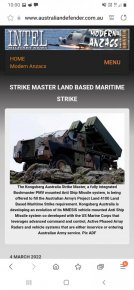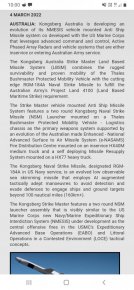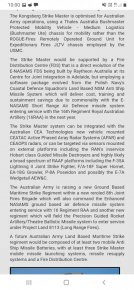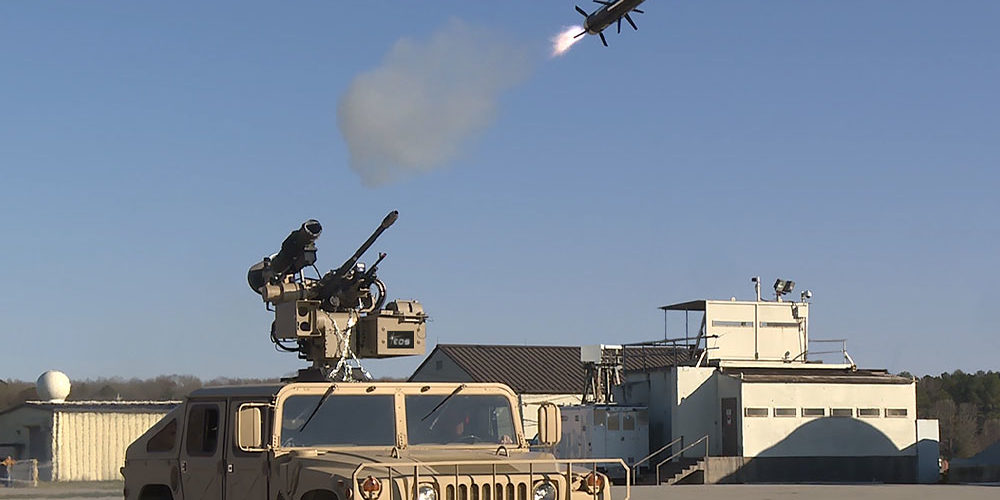The actual manufacturing site is going to be owned by Lindsay Fox and leased to Hanwha / Commonwealth…Time for a bit more budget accuracy regarding the two batches of SPGs:
* Stage 1 has a budget allowance ‘range’ of $0.9b-$1.3b
* Stage 2 has a budget allowance ‘range’ of $1.5b-$2.3b
The ‘upper’ end budget of stage 1 is reasonably close to the ‘lower’ end budget of stage 2, true?
As to the actual manufacturing site, I assume that the infrastructure will be owned by Hanwha, not the Commonwealth (possibly there could be State or Federal funding to ‘assist’ in encouraging the infrastructure side of the project).
Anyway, back to the budget allowance/range for the two phases of project, you can’t do simple maths and just say X dollars budget, divided by Y assumed number of vehicles.
I sure don’t know what is, or isn’t, included in each batch, and we don’t know if batch 2 will be the same number of vehicles, which can also account for the large variation in the budget range.
Phase 2 includes a signiificant upgrade program for the phase 1 vehicles. Something I can only imagine along the lines of what the US Army are doing to the Paladin…





